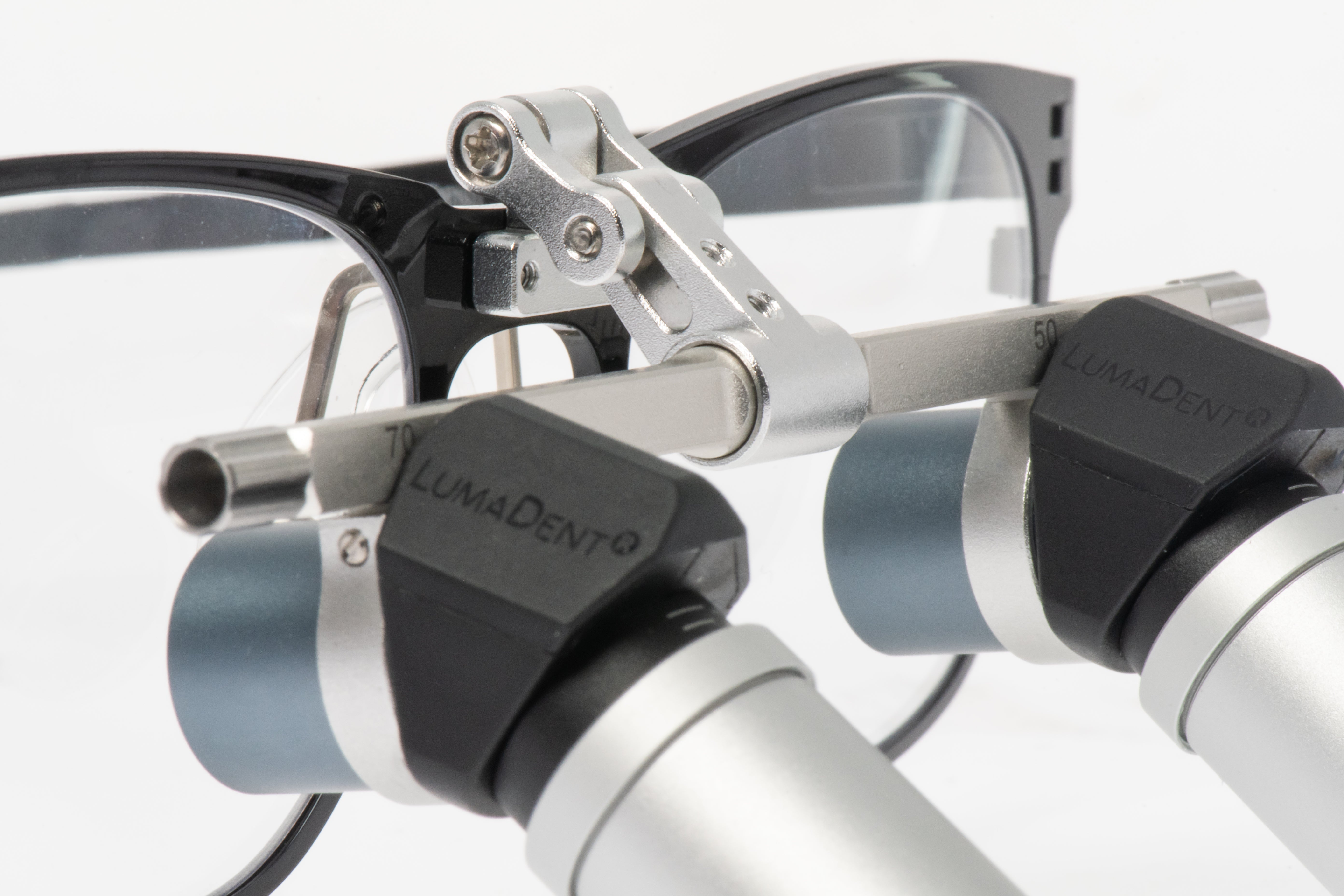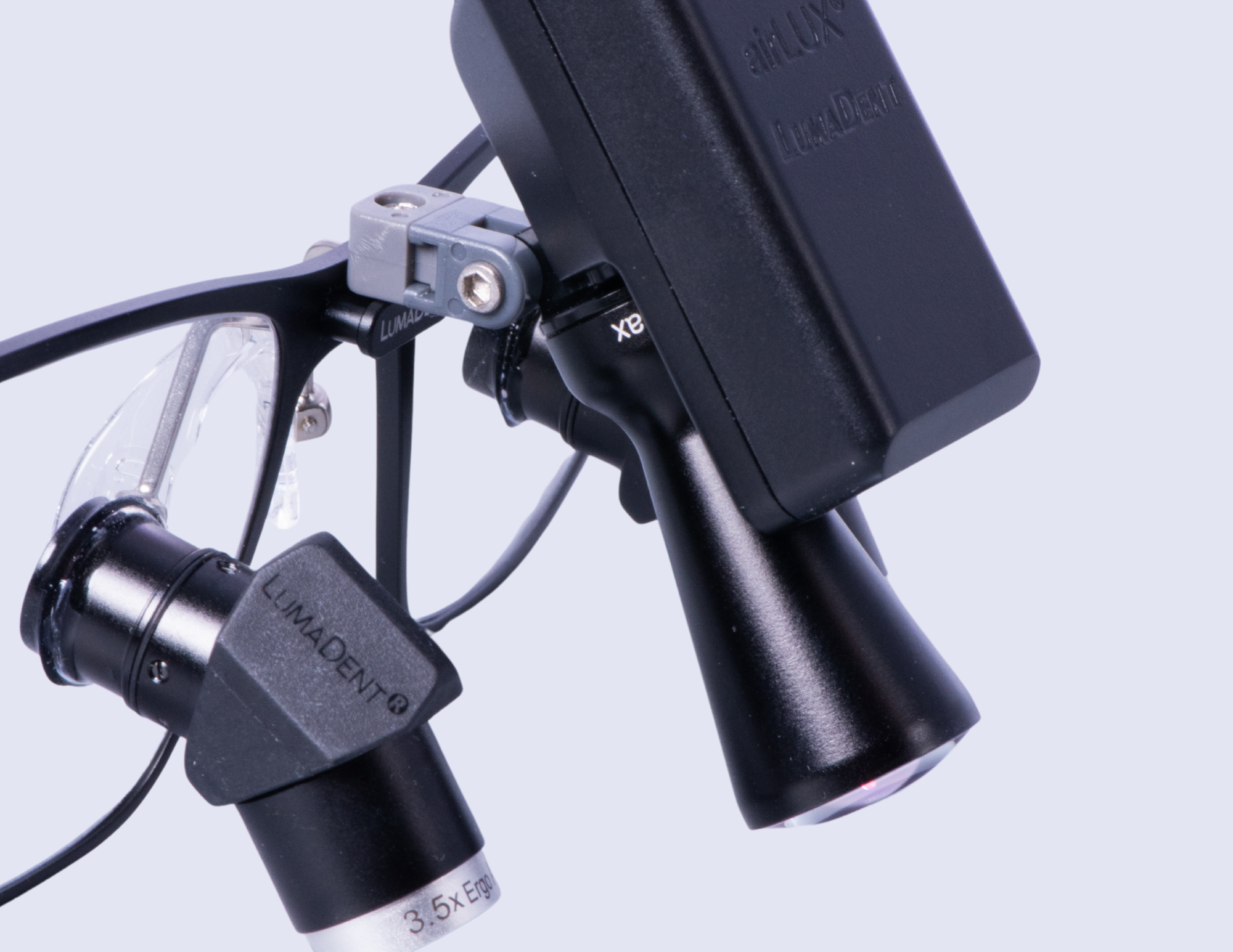Spherical aberration is a phenomenon that can occur in optical systems, like the lenses used in dental loupes. It happens because most lenses are not perfectly shaped like a sphere; so they might have slight curvatures or irregularities.
Imagine light coming through a lens as a group of rays. When these rays pass through the outer parts of a lens, they can bend more or less than the rays passing through the center. This leads to the rays not converging at a single point, as they should. Instead, they form a sort of "fuzzy" or blurred image, which affects the overall clarity and quality of what you're looking at through the loupes.
Spherical aberration can be a concern in dental loupes because you want the best possible view of your patient's teeth and oral structures. An issue like this can distort the edges of your view and reduce the image's sharpness.
The good news is that modern lens designs, like those in our Vario Loupes, take this into account. They use aspherical and achromatic lenses. Aspherical lenses are designed to reduce or eliminate spherical aberration by having a more complex shape than traditional spherical lenses. Achromatic lenses help correct color distortions and improve overall image quality. After all, using quality equipment helps you perform at your best for your patients.
So, when considering dental loupes, remember that preventing spherical aberration is crucial for achieving a clear, precise view. Our lenses are crafted with cutting-edge techniques to minimize this effect, ensuring you get the most detailed and accurate image possible.
If you’d like to check out our game-changing, ergonomic technology, check out the LumaDent store here.




Share:
What Are the Effects of Using Headlights Daily on Your Eyes?
Everything You Need to Know About Brightness